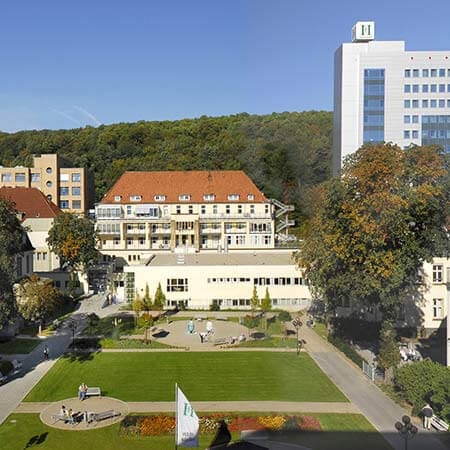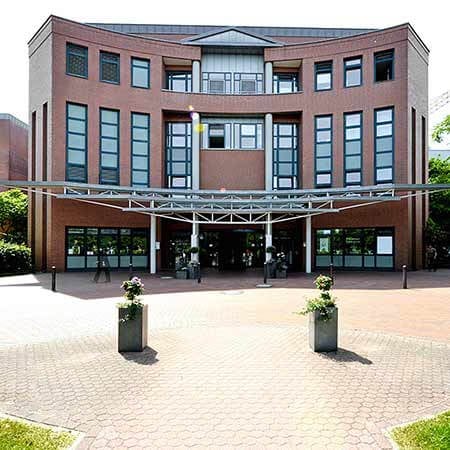About the disease
A benign facial skin neoplasm is a relatively common condition that starts with a lesion forming on the skin. Melanoma, which is a type of skin cancer, is also considered to be a common skin disease. Although melanoma is malignant, it rarely metastasizes to any other area of the body. Surgeons are usually able to resect a melanoma before it becomes fatal. Most people with skin cancer survive.
Appearing on the skin in the form of marks, moles, nodules and bumps, benign facial skin neoplasm, and other forms of skin cancer, is very common in Australia, since people there are exposed to higher levels of UV rays due to a depletion of the ozone layer.
The neoplasm itself can be macular or slightly raised and papular. Depending on the type, the neoplasm may manifest very clearly or be hidden for a longer period of time. Some benign facial skin neoplasms are located underneath the epidermis and lie dormant for a long time before manifesting themselves.
Sometimes the neoplasm does not fit into any of these categories, so doctors need to run additional tests to determine the type and nature of the neoplasm. Naevi, also known as moles, are the most common types of benign facial skin neoplasms. Moles are congenital and usually appear on a child’s skin from the age of 2. They can continue to appear throughout a person’s lifetime, sometimes well after the age of 50. In extremely rare cases these moles can become malignant, but they are usually just benign neoplasms that neither grow nor spread.
Dermatofibroma, another common type of benign skin neoplasm, usually appears on the legs but can also appear on the face. It usually takes the form of brown, purple or red nodules and firm papules. Lipomas are subcutaneous tumors and are also relatively common. They are often asymptomatic and can develop anywhere on the body.
Symptoms
- Strange mark on the skin
- Mark does not disappear with time
- Mark was not caused by any outside factors, such as a burn or allergy
- The color and size of the mark may change
Diagnosis
- During a general examination, the doctor will examine the mark on the patient’s face to determine its nature. The doctor will touch the mark to see if it is hard or bumpy in consistency.
- The patient will be asked how long the mark has been there and if they have an idea of what may have caused it.
- The doctor may take a swab of the mark, in order to have it examined in the laboratory.
- Blood tests may be performed, to establish whether an infection caused the blemish.
- A biopsy is performed if the mark is not difficult to reach without surgery and if there is suspicion of malignancy.
Treatment
- If the mark is not large and does not bother the person, it is often left as it is. However, if the patient wishes, it can be removed painlessly by laser therapy or cryotherapy.
- Resection and defect closure is a surgical procedure that is recommended in severe cases. The mark is removed and the affected patch of skin is closed up. Slight scarring may occur but, depending on the depth of the incision, this is likely to go away completely after some time.
Authors: Dr. Vadim Zhiliuk, Dr. Sergey Pashchenko















